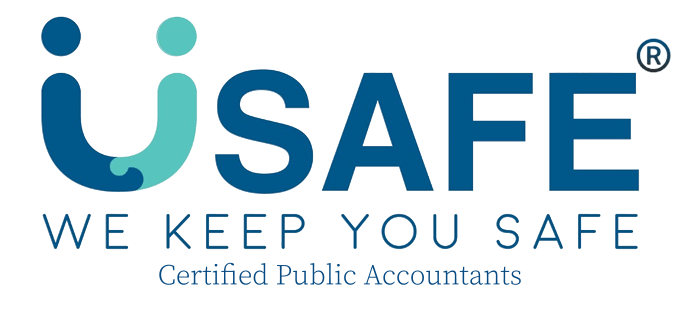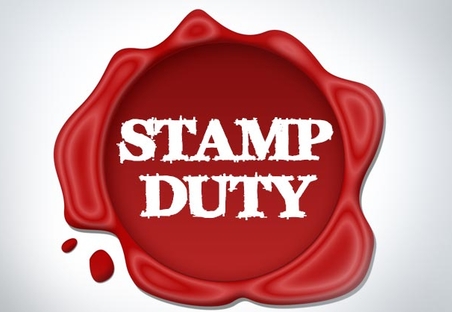Stamp Duty Relief: Transfer of Assets Between Associated Entities
Introduction
When companies move assets like shares or property within a group, stamp duty usually applies. This can make corporate restructuring costly. To ease the burden, IRAS provides stamp duty relief for transfers between associated entities — but only if certain conditions are met.
This guide explains what the relief covers, who qualifies, the conditions you must follow, and what happens if those conditions are broken.
What Does the Relief Cover?
The relief applies to the transfer of beneficial ownership of:
-
Property (e.g. real estate)
-
Shares in companies
The transfer must take place between associated entities. If approved, you don’t have to pay Buyer’s Stamp Duty (BSD) or Seller’s Stamp Duty (SSD) on the transfer.
Who Counts as “Associated Entities”?
Two entities are considered associated if:
-
One directly or indirectly owns at least 75% of the voting shares 和 more than 50% of the voting power in the other; OR
-
A common parent company owns at least 75% of voting shares and more than 50% voting power in both.
Example:
-
ParentCo owns 80% of Subsidiary A and 100% of Subsidiary B.
-
Subsidiary A transfers shares to Subsidiary B.
-
Because both are at least 75% owned by ParentCo, the transaction may qualify for relief.
Key Conditions You Must Meet
To get the relief, the transfer must satisfy all of the following:
1. Proper Transfer Instrument
The document must legally transfer beneficial ownership of the asset.
2. Commercial Reason
The transaction must serve a genuine business purpose (e.g. restructuring, streamlining operations) — not just to avoid tax.
3. Association Period (12 Months Rule)
-
Entities must be associated for at least 12 months before the transfer.
-
Exception: If the transferee was set up solely to acquire the asset, this rule can be waived — but other related entities must still meet the 12-month test.
4. Value of Consideration
-
If wholly owned (100% association): You can use book value.
-
Otherwise: You must use market value of the asset.
5. How Payment is Made
-
Can be cash, shares (for companies), or partnership interest (for LLPs).
-
If wholly associated: the transferee can also record the payment as a debt owing.
6. Full Transfer Required
The transferor must transfer all rights in the asset — partial transfers are not allowed.
7. Past Stamp Duty Paid
If the transferor previously acquired the asset, stamp duty must have been paid (unless relief was granted at that time).
8. Application Deadlines
-
If signed in Singapore: Apply within 14 days.
-
If signed overseas: Apply within 30 days of receiving it in Singapore.
-
If you obtained in-principle approval: the instrument must be executed within 4 months of approval.
9. Completion Timeline
The legal transfer of the asset must be completed within 12 months after signing the beneficial interest transfer.
10. Maintain Association (2 Years)
The entities must stay associated for at least 2 years after the transfer.
-
Exception: If disassociation happens due to liquidation, restructuring, or amalgamation, relief may still apply.
11. Retain Asset (2 Years)
The transferee must keep the asset for at least 2 years.
-
If sold earlier, BSD and SSD may need to be repaid (with exceptions for liquidation or group reorganisations).
What Happens If Conditions Are Broken?
If a condition is not met — for example, if the asset is sold too soon or the entities are no longer associated — then:
-
You must notify IRAS within 30 days.
-
You will have to repay the stamp duty (BSD/SSD) that was previously waived.
-
Interest of 6% per year will also apply, calculated from the date the duty was originally due.
How to Apply
Applications are submitted online through the e-Stamping Portal:
-
Go to Request → Apply for Section 15 Relief.
-
Log in with SingPass.
-
Pay the required adjudication fee (this fee applies even if your case is later found ineligible).
Documents You’ll Need
-
Transfer instrument (e.g. share transfer form, sale & purchase agreement)
-
Latest audited financial statements or certified management accounts of all parties
-
Valuation report (for property) or net asset value calculation (for shares)
-
Group structure chart (before and after transfer)
-
Business profiles, company registration documents, and share registers
-
Proof of earlier stamp duty payment (or relief granted at acquisition)
-
A signed declaration confirming compliance with relief conditions
Why This Relief Matters
This relief helps businesses:
-
Save costs during restructuring or reorganisation
-
Streamline operations by moving assets to the right entity
-
Stay compliant with Singapore tax laws while gaining flexibility
However, it also comes with strict rules. Careful planning and documentation are essential to avoid paying back the waived duties with penalties.
Summary
The Stamp Duty Relief for Transfers Between Associated Entities is a valuable tax measure that makes group restructuring more efficient. If your transfer involves companies or entities that are closely linked and you meet IRAS’ strict conditions, you can avoid significant BSD and SSD costs.
Always ensure:
-
Entities meet the association and retention period requirements
-
Applications are made on time with proper documentation
-
Transactions have real commercial substance
With the right preparation, your group can benefit fully from this relief while staying compliant with Singapore law.
Disclaimer: This article is for informational purposes only and does not constitute any professional advice. Feel free to contact us to consult with our professional advisors team for personalized advice and guidance.




